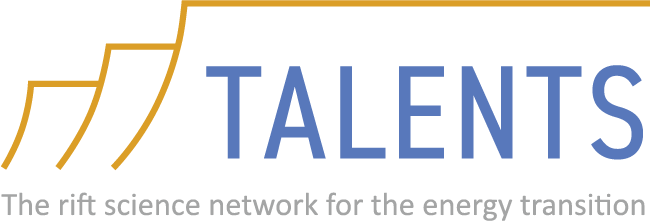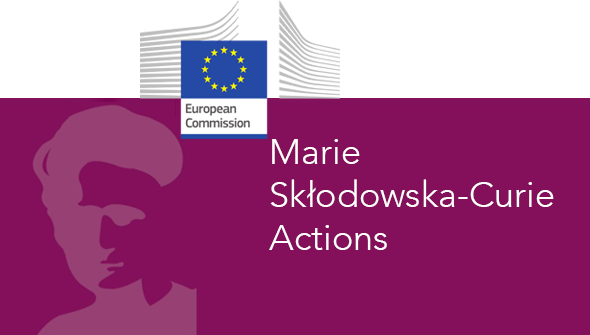
Reha Chandresh
Project: Fault evolution and slip rates in magma-rich rifts using quantitative geomorphology and volcanic stratigraphy
Project summary:
A major challenge in magma-rich continental rifts such as the Ethiopian Rift and Afar is to quantify fault slip and extension rates and to understand fault network evolution in space and time. This is due to a lack of subsurface seismic reflection data, the presence of complex and variable age lava flows at the surface, and lack of prior studies utilizing quantitative geomorphology to understand fault growth. I will work with my supervisors to conduct new structural and volcanic deposit mapping using remote sensing and fieldwork and combine this with compilation of available age constraints on lava flows, and quantitative analysis of drainage systems and relief, to understand and constrain fault growth, interaction and linkage in space and time. Results will be integrated with seismicity and geodetic data, and where appropriate supported by analogue models. Analyses in different sectors of the EAR (Ethiopian Rift and Afar) will quantify along rift variability of tectonic vs magmatic extension, and comparison with magma poor rifts (e.g. Corinth) will help isolate tectonic vs magmatic controls on locus and scale of faulting in space and time.
Research background and areas of interest:
I graduated from Imperial College London, UK, with a Master of Science (MSci Hons) in Geology. My broad research interests lie in structural geology, geomorphology, geohazards, active tectonics, sedimentology, stratigraphy and igneous geology.
For my master’s dissertation, I investigated and quantified the geomorphic response to young, active normal faulting, using the Aigion fault and its segments in the Gulf of Corinth as a case study. Conducting fieldwork in the Phoenix River, I collected measurements of channel geometry, terrace heights and grain size. I analyzed the data to determine various geomorphic parameters – flow velocity, shield stress and stream power (and hence, maximum incision). I integrated this data with lithology maps generated in ArcGIS and MATLAB and with data from the European Ground Motion Service (EGMS). I studied the variations in the geomorphic parameters downstream and proximal to the fault to establish a timescale of the fluvial landscape’s response to the uplift on the fault.
During my summer Undergraduate Research Placement, I designed 3D models for potential Carbon Capture Storage (CCS) sites using sedimentary log data from the Hosta Sandstone, New Mexico as a structural-sedimentary analogue. Using Rapid Reservoir Modelling (RRM) Software, I created 3D models from 2D sedimentary logs and stratigraphic sections. I assessed the porosity and permeability of various lithologies to identify suitable host rocks for carbon storage and tested the usage of this software for such applications.
For my BSc dissertation, I conducted a 5-week field geological mapping project in Southern Crete, Greece, collecting structural and lithological data from the rocks of the Hellenide Nappe Stack. I analysed the multiple fold generations and their relationships with cross-cutting faults and focussed my report on the structural evolution of the exposed nappe section.

